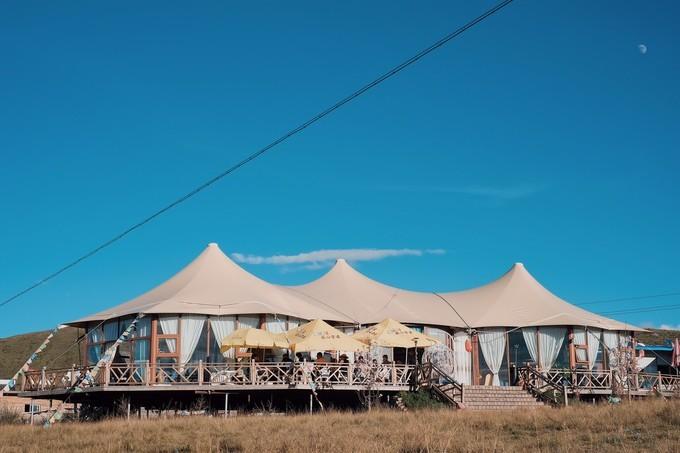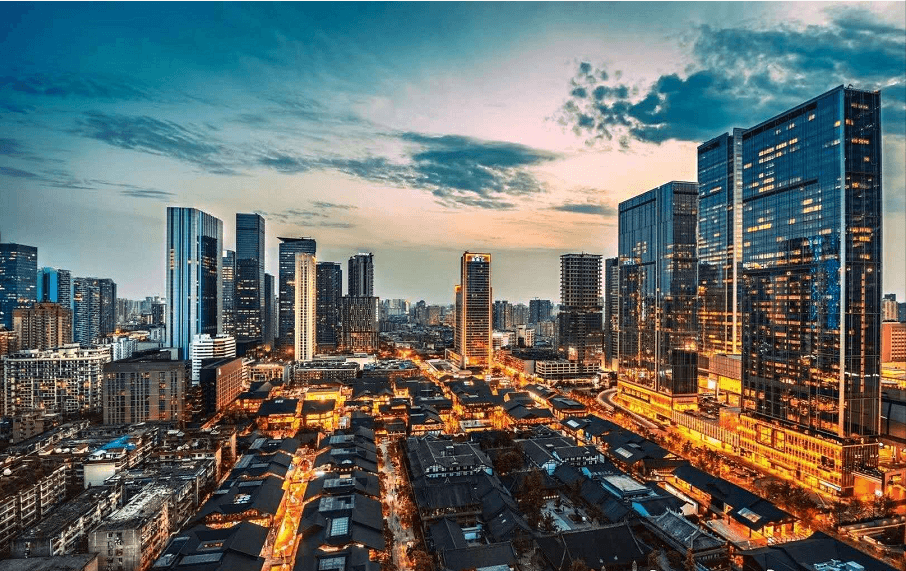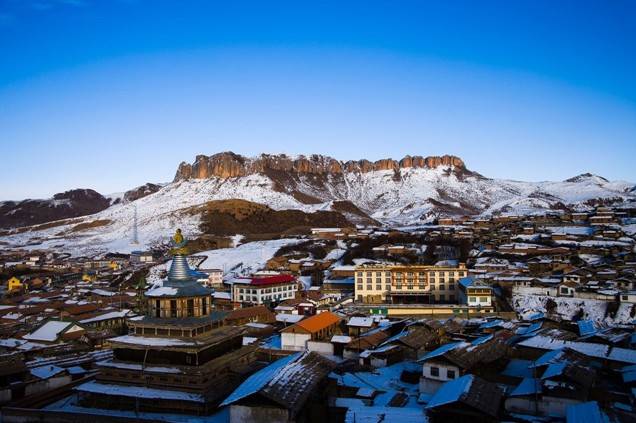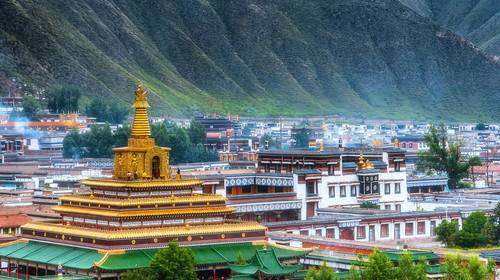Chengdu
Chengdu, abbreviated as 'Rong', also known as Rongcheng and Jincheng, is a national historical and cultural city, the birthplace of ancient Shu civilization. It boasts famous historical sites such as Dujiangyan, Wuhou Shrine, and Du Fu Thatched Cottage, and is an excellent tourist city in China.
Jiuzhaigou
Jiuzhaigou is famous for its water, while Zhangjiajie is known for its mountains. If you haven't been to Xiangxi in your lifetime, traveling the world is in vain. This hidden paradise in Xiangxi occupies more than half of Hunan's beauty.
Zagana
'Zagana' is Tibetan, meaning 'stone fortress'. It is a stone palace constructed with natural rock walls, surrounded by towering and graceful rock walls that reach into the clouds. The mountain terrain is steep, and the peaks are shrouded in mist.
Ruoergai
Ruoergai is a God-given palette, with various wildflowers blooming across the grasslands, making every angle a picturesque view.
The current location of Langmu Temple, at the border of Sichuan and Gansu, has been a sacred place for the worship of the Black Tiger Goddess by the people of Sichuan, Gansu, and Qinghai since ancient times. After the rise of Tibetan Buddhism, a temple was built there over a millennium ago, but it is still named 'Tiger's Lair Fairy Temple'—Langmu Temple.
Hua Lake
Hua Lake is located beside National Highway 213 between Ruoergai in Sichuan and Langmusi in Gansu. It is a natural lake on the Ruoergai Grassland. The best time to visit Hua Lake is in May and June, when the lakeside is colorful, resembling a ground of clouds, and the lake is filled with beautiful flowers that look like water fairies. These plants seem ordinary, but in the rainy month of August, they dye the pure blue lake water a light lotus color, sometimes deep, sometimes shallow, like the blush of a young girl in love.
The full name in Tibetan is: 'Ganden Shartse Darje Zhashi Yisu Chijulang', which means the Monastery of Auspicious Right-turning that Teaches and Practices Joy. It is abbreviated as Zhashiqi Monastery and is generally known as Labrang Monastery. Labrang is a variation of the Tibetan word 'Lachang', meaning the residence of a living Buddha master. It is one of the six major monasteries of the Gelug school of Tibetan Buddhism and is renowned worldwide as the 'World Tibetan Academy'.

















